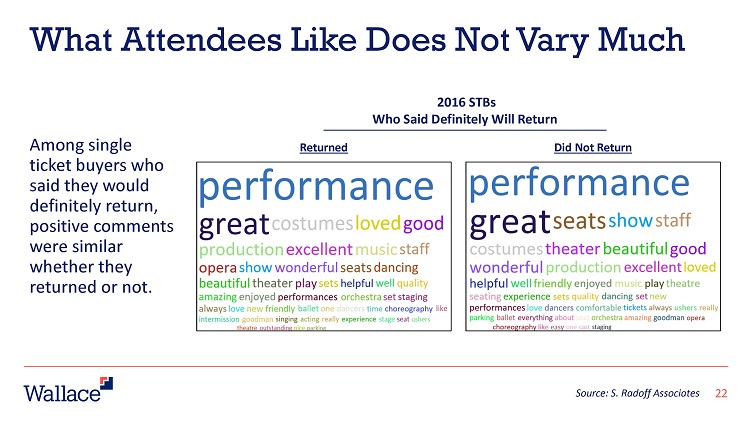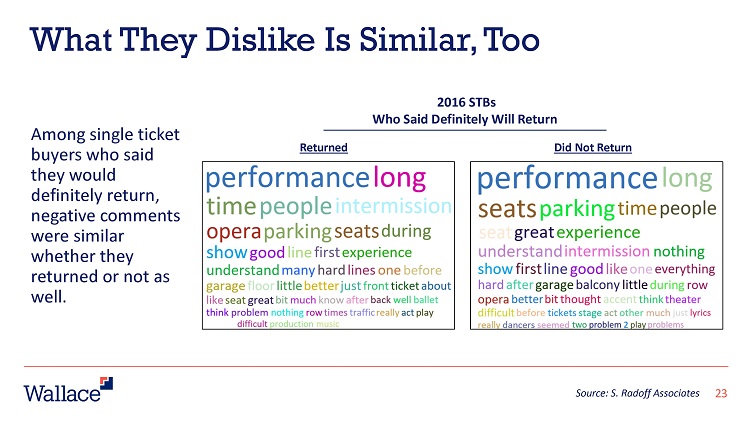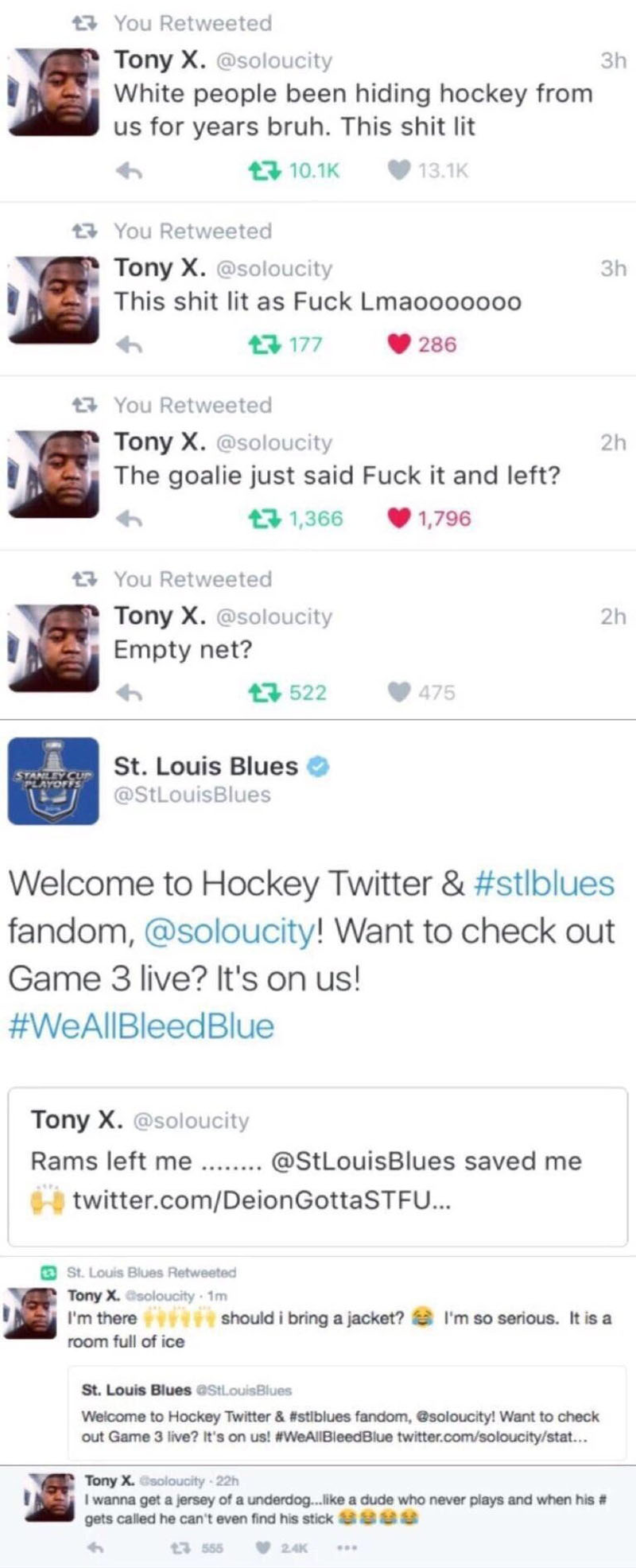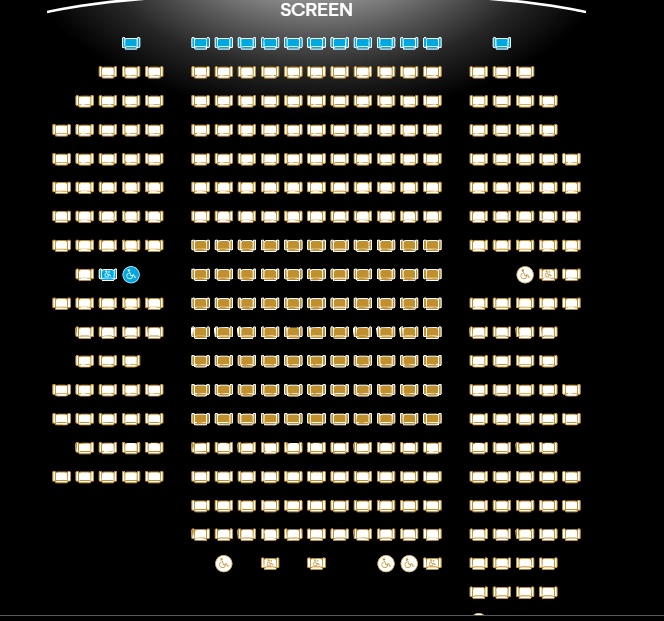If you missed it last week, NPR reported on a recently published book about the need to inject creativity to make the practice and interaction with medicine a more empathetic experience. Among the examples cited are artist collectives who raised money to pay medical bills and forgive medical debt by creating works of art out of medical bills which they sold, (or in at least one case, immolated). The piece also mentioned design changes like creating gentler sounds for medical devices so that patients weren’t constantly jarred by harsh beeps around them.
The author of the book Emily Peters mentioned that while it seems like medical professionals are very much in control of their environment, they actually feel quite powerless.
Physicians and surgeons and health care administrators and people who, to me, seem very, very powerful, [they] feel very powerless. And so the book came about as thinking about power and change. And then I realized that artists have this unique intersection where they are very powerful, they bring a lot of the things that were missing in health care, trying to build a better future.
She cited a couple examples of color choices in medicine which may seem like long established traditions or having emerged from research, but are really just arbitrary decisions someone made that caught on. Peters assumed the white coat ceremony had roots that extended back to the medieval period but was really the result of a Chicago doctor deciding in 1989 that students weren’t dressing professionally enough.
Same thing with the advent of the medical green, [the ubiquitous color of medical supplies]]. There’s a spinach green that came from a surgeon here in San Francisco, just working to try to reduce eyestrain, but that became very standard in medicine. And then there’s also a minty green, that a color theorist in Chicago just decided that that was the color for health care, that minty green was going to save us all and was going to look so beautiful.
When people were asked what colors they wanted to see in hospitals, they responded with neon purples, reds and oranges rather than the assumed soothing pastels. Peters suggests that LED lights would allow the colors of spaces to be customized to suit those occupying them. She also discusses a chapter in the book about how puppetry is being used to train medical students.
As I read the article, I was hoping there would be more recognition/initiatives to involve creative folks in the design of medical environment. I haven’t spent much time in hospitals, but there are a lot of repetitive sounds that get on my nerves so anything that mitigates things like that and improves other environmental factors and interactions would be welcome. More than that, it would be good to have the contributions of creatives to health and medicine recognized beyond just treatment and therapy for the sick and infirm.








I've been to a few of the Science on Tap events, though I never gave a talk at one of…